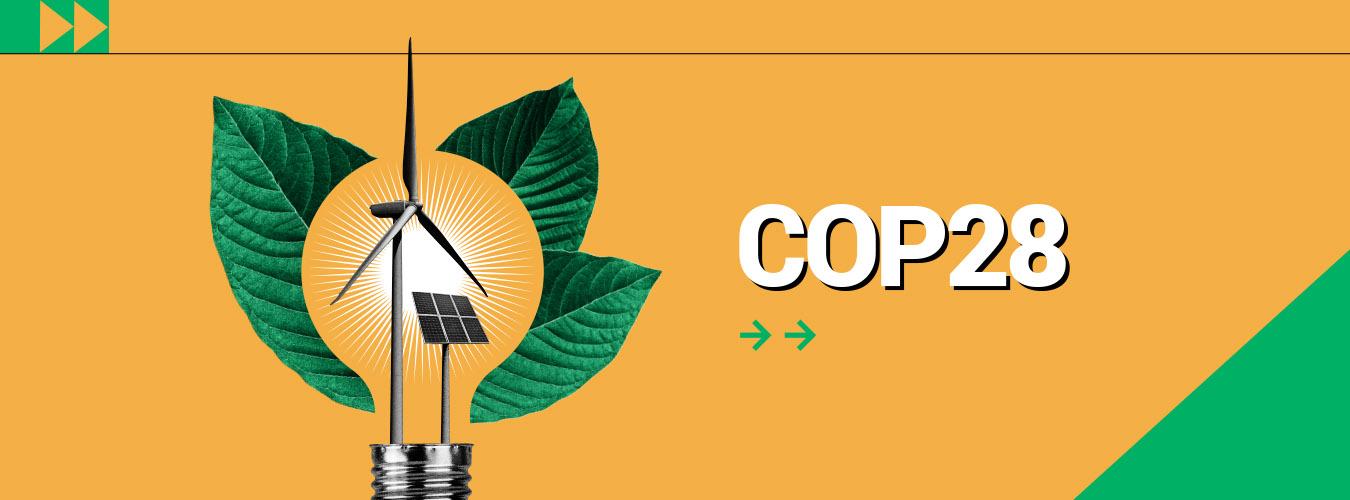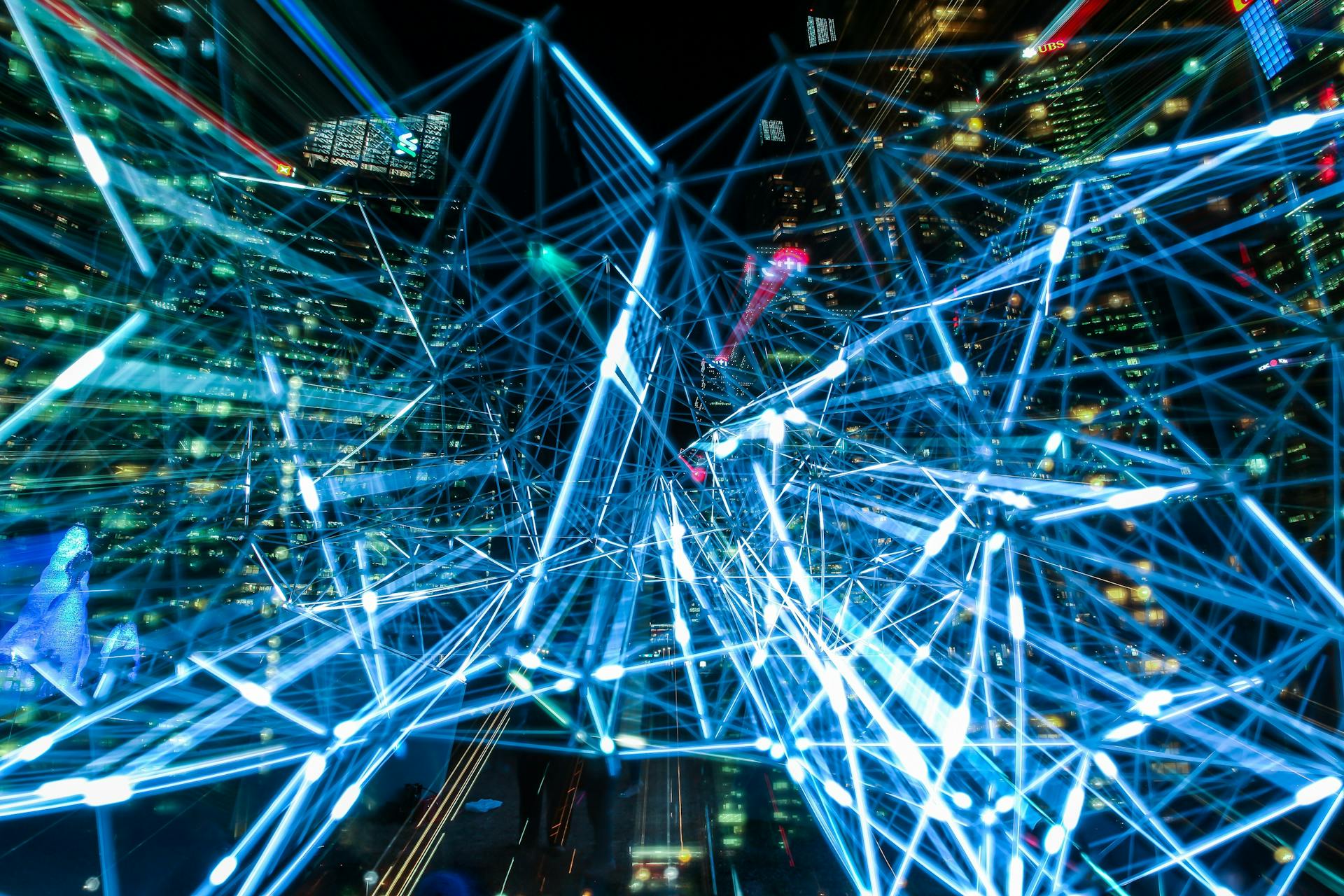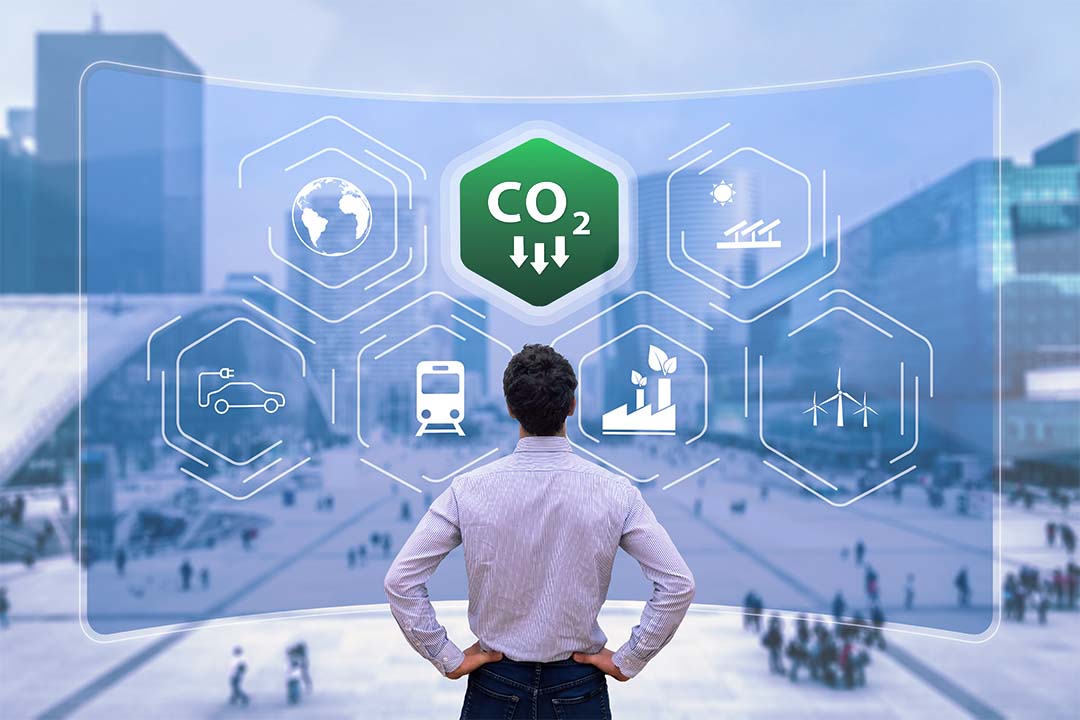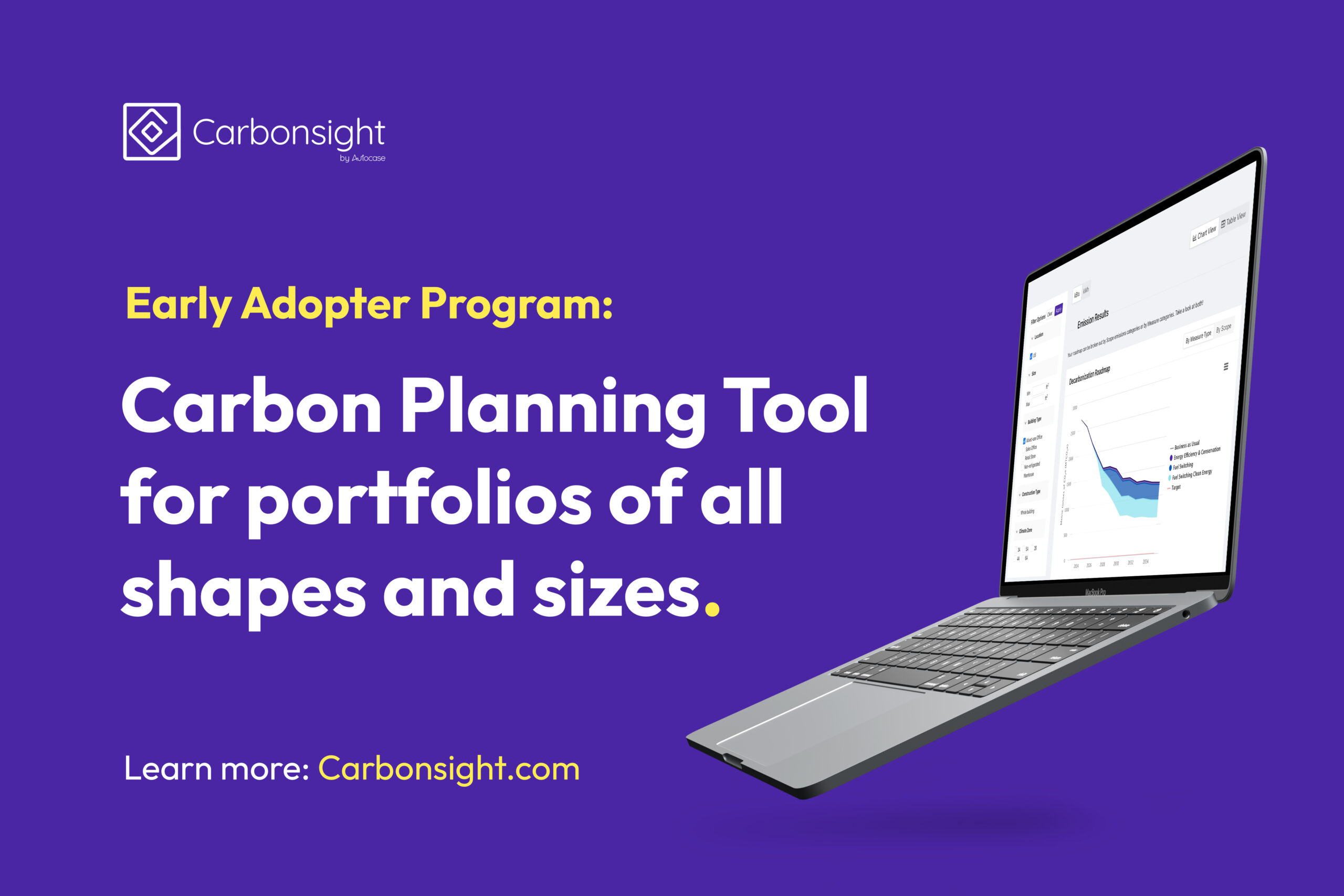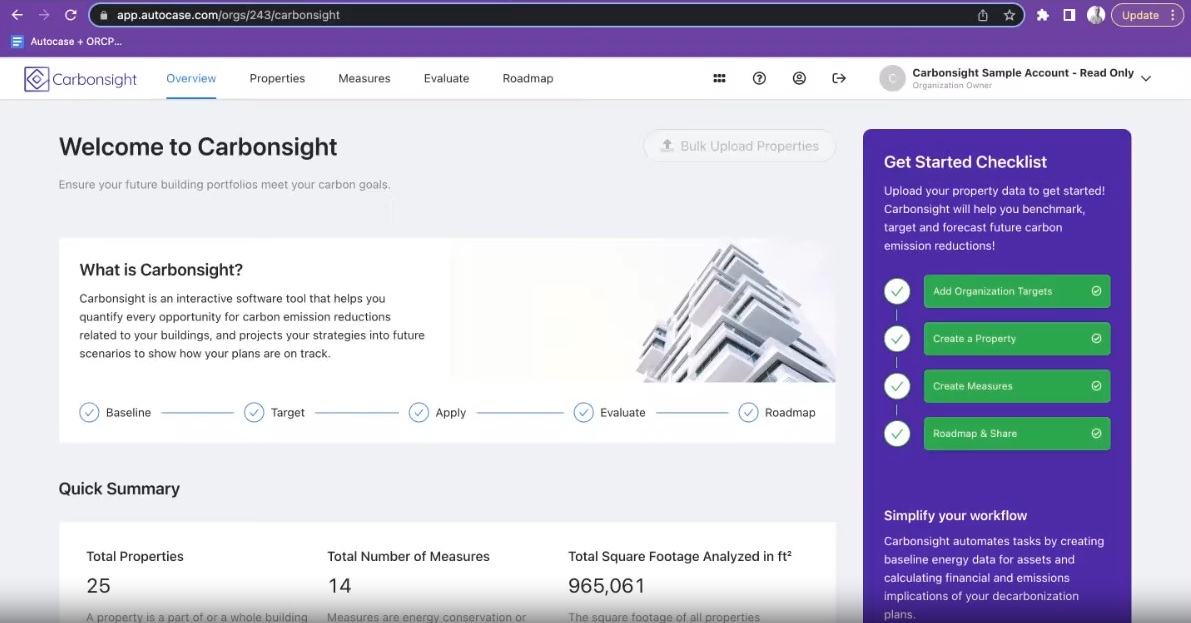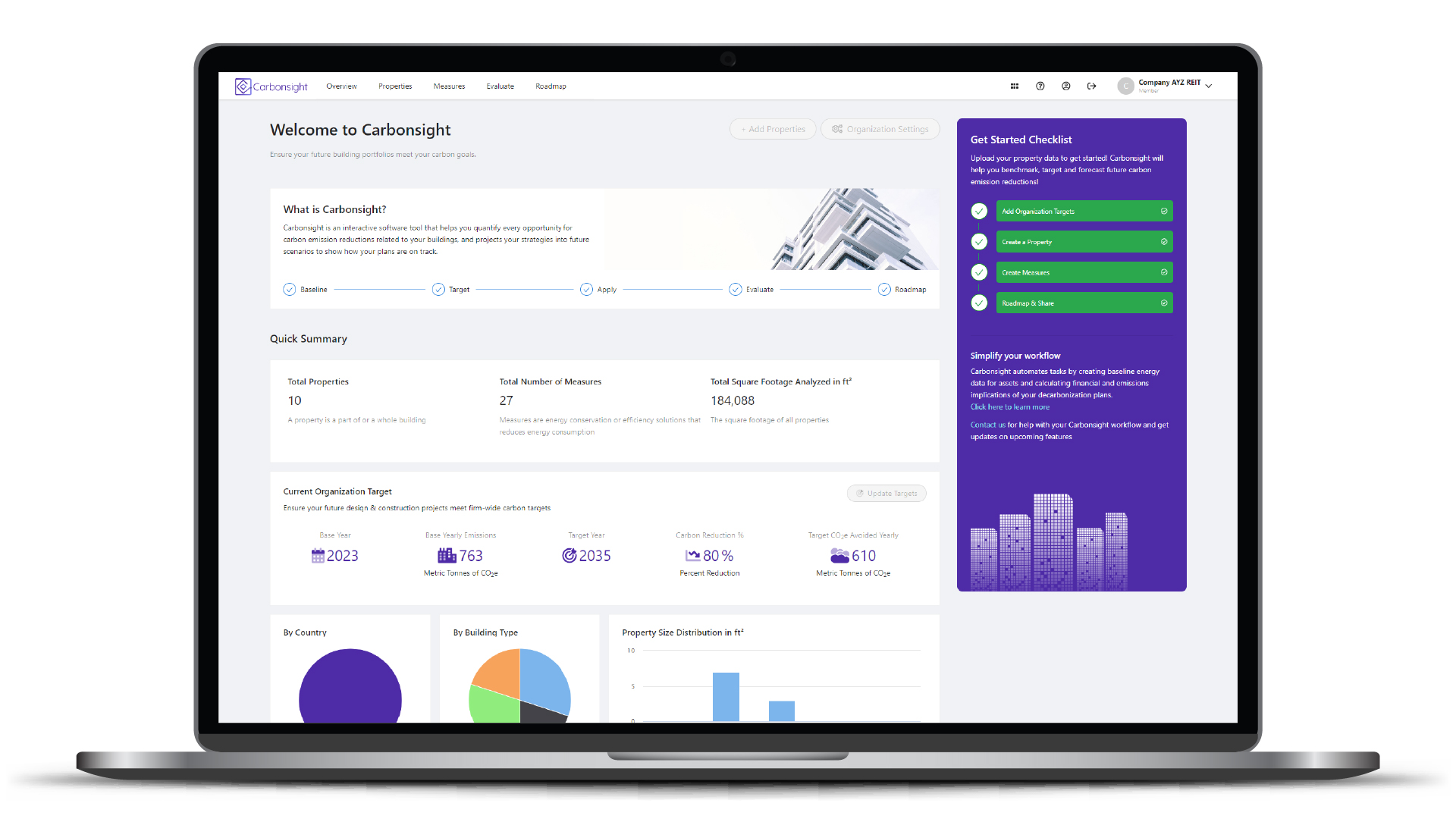What Is LEED v5?
LEED v5 (Leadership in Energy and Environmental Design) is the latest version of the world’s most widely used green building certification system. Building on 25 years of impact, LEED v5 introduces a holistic framework to advance net-zero carbon buildings that are resilient, equitable, and resource-efficient.
This update reflects input from thousands of building professionals and aligns with critical imperatives such as:
- Climate action
- Quality of life
- Ecological conservation
Source: USGBC LEED v5 Announcement
Decarbonization: A Core Pillar of LEED v5
LEED v5 places carbon reduction at the center of its framework, targeting emissions across the entire building lifecycle:
- Operational Carbon: Boosting energy efficiency and renewable energy use
- Embodied Carbon: Favoring low-carbon materials and sustainable construction
- Refrigerant Emissions: Requiring refrigerants with low global warming potential
- Transportation Emissions: Promoting public and low-emission transport access
This comprehensive approach is designed to help building owners and developers reduce their total carbon footprint while complying with global climate goals.
How Carbonsight Helps You Meet LEED v5 Standards
Organizations aiming to align with LEED v5 can streamline their efforts using Carbonsight, a powerful carbon forecasting and planning platform. Carbonsight empowers real estate owners, sustainability consultants, and architects to:
- Simulate decarbonization strategies across entire building portfolios
- Measure embodied and operational emissions in real time
- Align retrofit and renovation plans with LEED v5 carbon reduction targets
- Visualize long-term emissions and cost impacts of design decisions
By turning data into actionable insights, Carbonsight supports users in creating transparent net-zero roadmaps that are fully aligned with the LEED v5 certification path.
👉 Explore Carbonsight to accelerate your LEED v5 journey.
Enhancing Quality of Life Through Sustainable Design
LEED v5 is not just about energy and carbon—it also prioritizes human well-being, equity, and resilience. This version encourages design choices that improve indoor air quality, daylight access, thermal comfort, and inclusivity, ensuring that sustainable buildings are healthy, people-centered environments.
Ecological Conservation and Regenerative Design
A new emphasis on ecosystem protection and restoration makes LEED v5 one of the most environmentally ambitious green building standards to date. Projects are now evaluated on how well they limit land degradation, restore habitats, and integrate ecological value into urban settings.
New Assessments and Tools in LEED v5
To operationalize these ambitions, LEED v5 introduces two key assessments as prerequisites:
- Climate Resilience Assessment: Analyzes future hazard risks based on service life, emissions scenarios, and location
- Human Impact Assessment: Evaluates project-level outcomes around health, equity, and quality of life
An updated scorecard now shows how each credit supports decarbonization, well-being, and conservation—making it easier for project teams to demonstrate their sustainability story.
The Future of Green Building Is Here
LEED v5 marks a new era for the built environment—one that tackles the climate crisis head-on while enhancing human and ecological health. With advanced tools like Carbonsight, stakeholders can confidently navigate this new framework and position themselves as leaders in decarbonization and sustainable design.
🔍 Learn how Carbonsight can support your LEED v5 certification efforts: https://carbonsight.com/
📖 For full details on the LEED v5 launch: USGBC LEED v5 Launch Article


